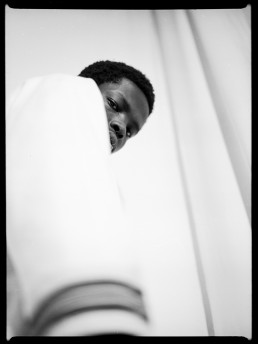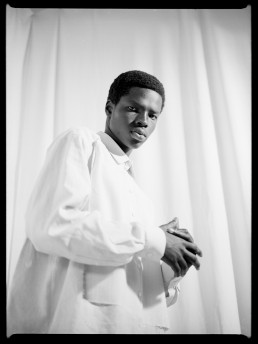According to the Jewish biblical law, it is prohibited for a Jewish person to wear “Shatnez”, meaning a fabric or a garment combining both wool and linen materials. The law forbids the interbreeding of different species of animals, and the planting together of different kinds of seeds, collectively known as Kil’ayim1 – (Hebrew for Hybrid).
In the ultra-Orthodox garb, a belt named Gartel2 is tied to the waist in a way that divides the body into two parts: The lower part referred to as the material part, where the organs responsible for procreation are located. The upper part, considered as the spiritual part, where the head, mind, and brain are located, the organs vital for Torah study and Mitzvah3 (precepts and commandments commanded by God). Hasidic custom requires that there be a physical separation between the heart and the genitalia during any mention of God’s name. It is commonly explained that separating the upper and lower parts of the body manifests a control of the animal instincts of the person by the distinctly human intellect.
The upcoming Fall/Winter 2019, Nargassi continues to explore different Jewish aspects, focusing now on elements & details in garments worn by Jewish orthodox groups. In the collection, Nargassi created belts that were inspired by the Gartel and combined them with woolen threads in Tzitzit4 – like ties and the Jewish prayer shawl.
This collection follows the line identified with the Brand’s hand-writing, contrasting and raising questions. On the one hand – conservative, religious, Jewish, rooted, & Israeli. On the other hand, by combining Wool & Linen together – Nargassi goes against the Jewish law and one of the traditions that even nowadays are still closely observed. It is cynical to think how something that is so rationally minor and not visible makes wearing this garment forbidden.









